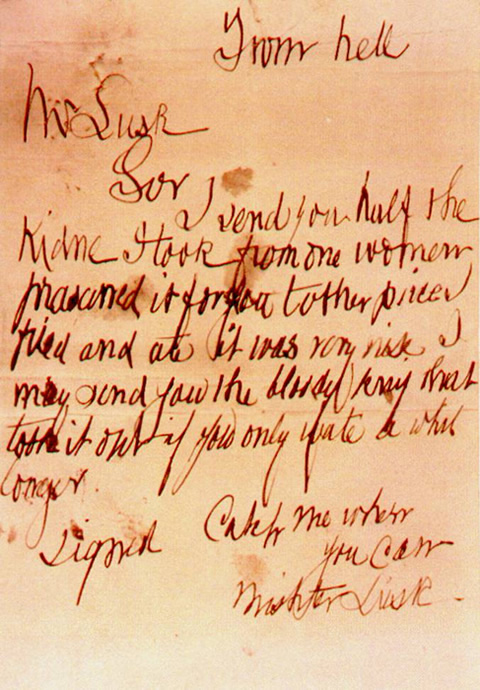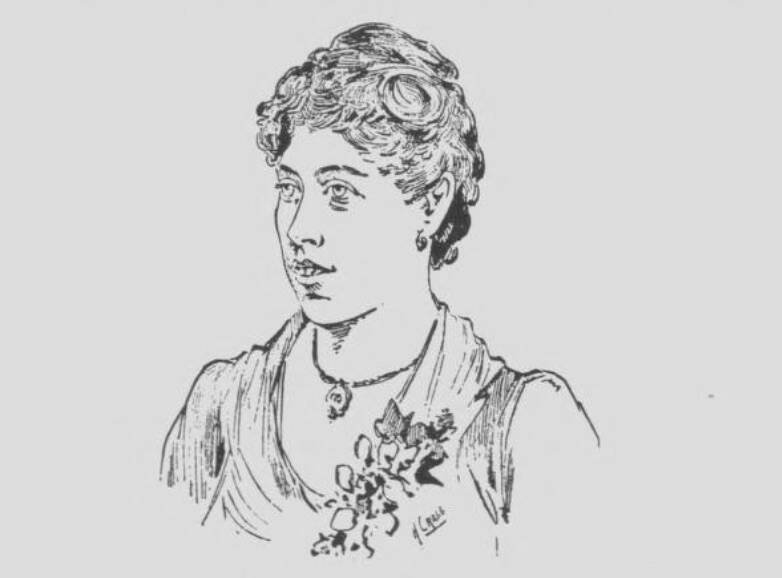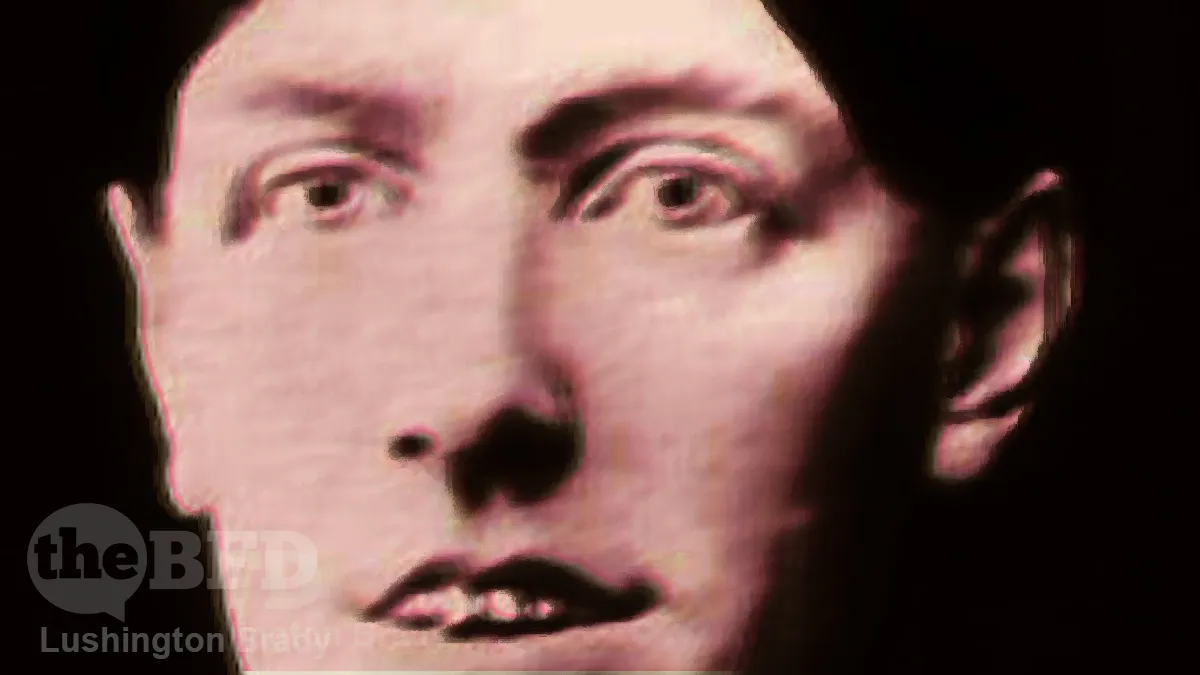Table of Contents
Few historical crimes have had such enduring fascination as the Ripper murders. The mutilation-killings of five lower-class women in London’s Whitechapel slums in 1888 caused an immediate sensation – one which has barely faded after 133 years.
“Jack the Ripper” is the subject of dozens of films and TV shows, hundreds of novels, non-fiction books, websites, and just about any medium imaginable. Even pop songs.
But who Jack the Ripper actually was, no one knows. Feverish speculation has blamed everyone from Prince Albert, to the royal surgeon, to an immigrant Polish Jew. Unfortunately, so much evidence has been lost over the years, mostly due to poor early record-keeping, that the identity of the killer will almost certainly never be known.
Even modern DNA techniques are little use. There are only a few extant fragments of evidence linked directly to the killer. The case inspired a kind of Victorian trolling, with people of both sexes and all classes sending hundreds of hoax letters to London police. But several letters are thought to be genuine, containing as they did, details only the killer could have known.
An Australian scientist has endeavoured to extract DNA from the saliva used to fix the stamps and seal the envelopes.
Ian Findlay uncovered a potential bombshell. Though the century-old DNA made it impossible for him to identify a particular individual, he did form a partial profile. “It’s possible the Ripper could be female,” he declared.

Could Jack the Ripper really have been Jill?
Findlay wasn’t the first to make this shocking claim. In 1888, the British Chief Inspector Frederick Abberline also thought a woman might have committed the murders based on witness statements after the death of Mary Kelly, the Ripper’s last known victim.
Hours after the time of her death, witnesses swore they spotted Kelly, leading Abberline to believe that the killer donned Kelly’s clothes to escape the crime scene.
Even Sir Arthur Conan Doyle, author of the Sherlock Holmes books, speculated that a woman might be behind the crime as only a midwife could walk through London with blood on her clothes without drawing much attention.
The state of the victims’ mutilated bodies also pointed to the possibility of a female Ripper. While the killer’s knife skills earned them the “Butcher” monicker, many 19th-century women had the anatomical knowledge to commit the crime. In particular, a midwife or an abortionist would have been able to surgically remove the uterus, as the Ripper did to some of their victims.
And if Jack the Ripper was actually Jill the Ripper, there was one suspect who stood out to 19th-century investigators: Mary Pearcey.

Mary Pearcey was born Mary Eleanor Wheeler, and definitely had some “murder cred”.
During the time of the Ripper murders, Pearcey lived in a troubled relationship with a carpenter, whose surname she adopted even though they never legally married. But Pearcey appears to have been somewhat promiscuous: her several affairs lead to her partner kicking her out.
So, she moved in with one Frank Hogg – and both of them commenced cheating on each other. Hogg soon announced that he’d knocked up one Phoebe Styles, whom he married – while still carrying on with Pearcey.
But after the birth of Styles’s baby, Pearcey murdered mother and child: she slashed Phoebe’s throat, then smothered the baby and threw her body in the street. She also stole Styles’s wedding ring.
Before she was executed, Pearcey placed a mysterious ad in a Spanish newspaper: “M.E.C.P. Last wish of M.E.W. Have not betrayed.”
“M.E.W.” is believed to refer to Pearcey’s maiden name. What about “M.E.C.P.”? Some speculate that they refer to the first initials of the five Ripper victims: two Marys, one Elizabeth, a Catherine and a Polly.
Chillingly, then, the ad might suggest that Pearcey had an accomplice.
Pearcey also clearly had the strength and ability to kill. When she murdered Styles, she nearly beheaded her.
Pearcey also stood out among other 19th-century female killers. The preferred murder weapon for most of these women was poison. For instance, when Mary Ann Cotton murdered 20 people, becoming Victorian England’s first serial killer a decade before Jack the Ripper, she used arsenic.
All That’s Interesting
But the evidence against Pearcey remains purely circumstantial. She clearly had the means to murder, and possibly the psychological motive, given the apparent sexual nature of the Ripper’s mutilations.
Unfortunately, due to the sparse remaining physical evidence, we will never know. But we at least have good grounds for now suspecting that the Ripper was indeed female.
Please share this article so that others can discover The BFD









